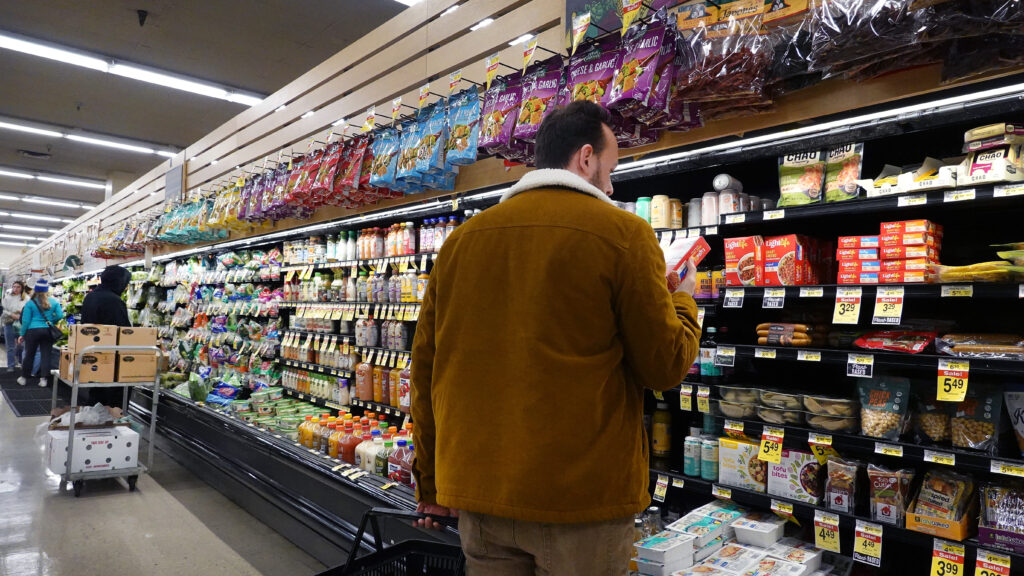The Food and Drug Administration on Thursday updated its definition of “healthy” food for the first time in three decades, aligning it with modern nutritional guidance and shaking up which items can bear that label.
The updated definition relies on the dietary guidelines for Americans released by the Department of Agriculture and the Department of Health and Human Services, which is set to be updated next year. Food makers can call their products “healthy” if they contain a certain amount of a food group considered healthy by these guidelines, including fruits, vegetables, protein, dairy, and grains. Their products also must meet certain limits on saturated fat, sodium, and sugars.
advertisement
The updated definition allows more food to qualify as healthy, including higher fat fish like salmon, nuts, seeds, and certain oils. It disqualifies cereals, for example, that do not contain a certain amount of whole grains or exceed the sugar limit. The FDA has partnered with Instacart to make it easier for people to buy “healthy” foods online.
“Food labeling can be a powerful tool for change,” FDA food commissioner Jim Jones said in a statement. “Food labeling, like ‘healthy,’ may help foster a healthier food supply if manufacturers choose to reformulate their products to meet the new definition.”
Manufacturers can choose whether to include the “healthy” label if their product meets the definition. The agency has also not yet chosen a standardized, clear “healthy” symbol for manufacturers to print on their packaging. The American Heart Association urged the agency in a statement to finalize another rule requiring food companies to display certain nutritional information on the front of product packages.
advertisement
“A front-of-pack labeling system based on the best available science and consumer research would give consumers valuable information about the nutritional value of foods and beverages and help them quickly and easily identify healthier options,” the organization wrote.
Around one million people die annually from diet-related chronic diseases in the United States. The FDA’s hope is that accessible, direct food labeling will encourage Americans to eat healthier. But whether the agency will be able to enforce proper usage of the label, particularly with a limited budget, is unclear.
Robert F. Kennedy, Jr., president-elect Trump’s pick for HHS secretary, has lambasted food companies for making Americans sicker as part of his Make America Healthy Again campaign. If confirmed, he is likely to make regulating ultraprocessed foods a priority.

